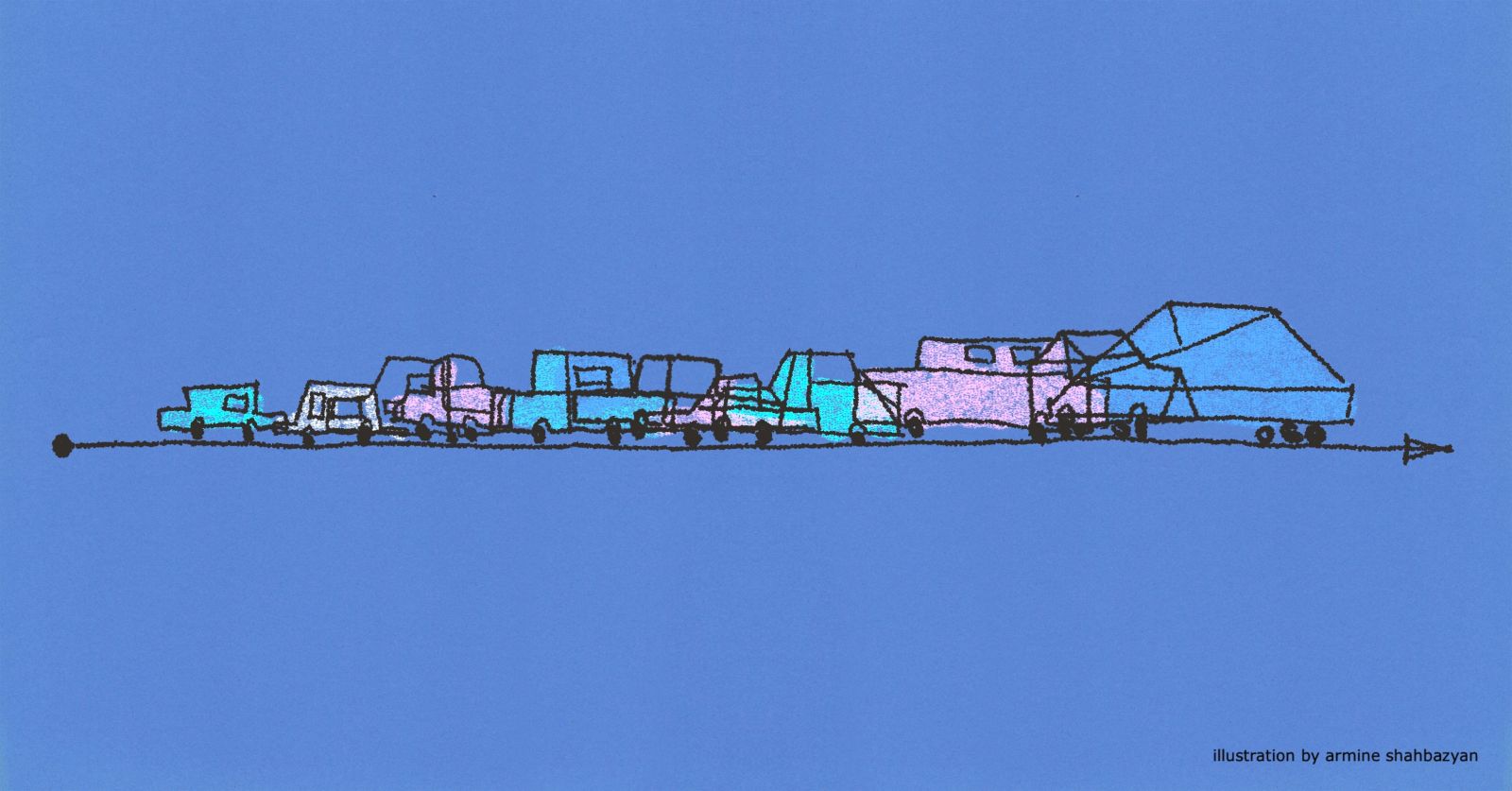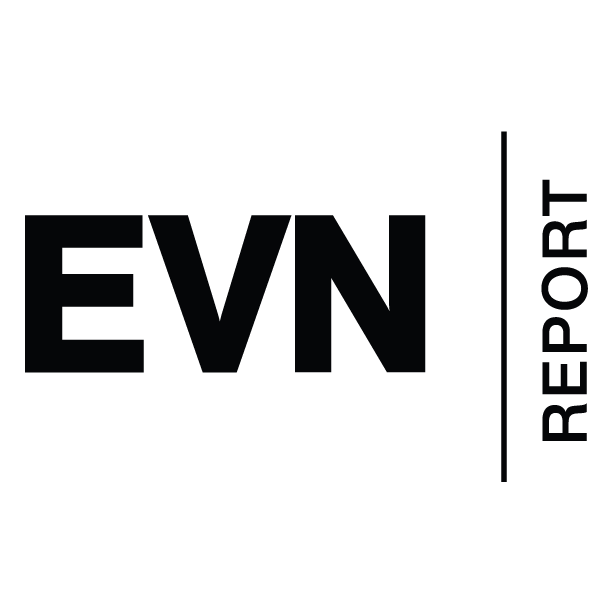
Listen to the article.
The Armenian government’s introduction of a customs exemption policy in 2022 to promote cleaner transportation, allowed EVs to be imported duty-free under an annual quota system. The initial quota for that year was set at 6,400 vehicles, with 2,962 imported under this exemption. In 2023, the quota increased to 7,400, and 5,584 EVs entered the country.
The 2024 quota remained unchanged until it was exhausted, prompting the government to add an additional 600 units—512 of which were imported in just five days. The State Revenue Committee’s website had not published data on the remaining 2024 imports at the time of publication.
The government further raised the quota to 8,000 vehicles for 2025, allocating 5,000 units for individuals and 3,000 for registered dealers. By April 1, 5,547 EVs had already been imported under this arrangement.
The promotion of electric vehicles aligns with Armenia’s 2021–2026 Government Program, which prioritizes policies to reduce air pollution and limit harmful emissions.
The Challenge: Battery Recycling
While EVs are certainly more environmentally friendly in terms of emissions, the significant environmental challenge associated with them is battery disposal.
Most electric vehicles use lithium-ion batteries that are safe during normal operation. But if these batteries are damaged or improperly discarded, they can release toxic substances like lithium, cobalt and nickel. These chemicals can contaminate soil and water, and when burned, pollute the air.
Globally, lithium-ion battery recycling is still developing, and Armenia is no exception. Yet, Armenia’s relatively recent EV adoption gives the country an advantage—there’s still time to develop proper recycling systems through targeted investments and policies.
The average lifespan of an EV battery ranges from 10 to 20 years, influenced by driving habits, climate and maintenance. In a large-scale study of 10,000 EVs, researchers found batteries degrade by only 1.8% annually, indicating that many batteries maintain their capacity even after 15 years. Since most EVs in Armenia are less than five years old, there remains a crucial window to prepare for future battery retirements.
The materials in lithium-ion batteries raise additional concerns. Critical components like cobalt and nickel are not only expensive but often mined in low-income countries with poor labor and environmental conditions. This reality makes battery recycling not only a matter of safe disposal, but also of ethical sourcing and environmental sustainability.
Battery recycling can recover more than 95% of critical materials, according to some recyclers. This process reduces environmental harm and decreases reliance on controversial mining practices. However, recycling alone cannot meet the growing global demand for these metals––mining will remain essential for the EV transition for the foreseeable future.
EV batteries contain a complex mix of materials beyond cobalt and nickel, including aluminum, copper, and various plastics. Since not all components are cost-effective to recover, some materials end up in landfills or require secure storage, creating additional environmental concerns.
The recycling industry faces a more pressing challenge: a shortage of used batteries. While companies continue investing in infrastructure and recycling facilities, the limited supply of end-of-life batteries raises questions about these ventures’ short-term viability.
Recycling and Waste Management Issues in Armenia
As the number of electric vehicles in Armenia continues to grow, questions about battery recycling and disposal loom large. These challenges are particularly daunting given the country’s ongoing waste management difficulties and lack of large-scale recycling infrastructure for basic materials like paper, plastic and glass.
Armenia faces serious challenges in waste management, recycling, and hazardous waste disposal. The country generates about 700,000 tons of household waste annually, which primarily ends up in around 300 unmonitored landfills lacking basic sorting systems. Without proper waste separation, recyclables mix with organic material, creating environmental and public health hazards. The recycling infrastructure is inadequate, relying mainly on small private initiatives and informal workers who sort materials in unsafe conditions. Despite some progress—with more than 20 recycling companies—the overall recycling rate remains negligible.
Hazardous waste poses even greater risks. Armenia has numerous chemical waste sites, particularly abandoned Soviet-era factory storage facilities. These hazardous locations include the Nairit chemical plant and Vanadzor Kimprom factory, where deteriorating containers leak toxic substances into the environment. The situation is further complicated by Nubarashen, the country’s only dedicated chemical landfill, which sits in a landslide-prone area. As of 2022, authorities identified nearly 72,000 kg of hazardous chemical waste stored throughout Armenia.
Experts warn that Armenia currently lacks effective waste disposal methods. The country has no specialized incineration facilities, and regional transit restrictions limit waste export options. While legal frameworks for safe disposal are under development, implementation remains slow. While financial support through international conventions is available, the situation requires urgent political will and investment to address mounting risks.
What Is Armenia Doing?
As a signatory to several international environmental protection conventions, including the Basel and Stockholm Conventions, Armenia has pledged to improve its waste management practices, particularly for hazardous materials. Following these commitments, the government has begun creating legal frameworks to handle new waste types, including electric vehicle battery waste, though practical implementation remains limited.
The Ministry of Environment informed EVN Report that a package of draft laws amending the Law on Waste has been submitted for government review. If adopted, these amendments would modernize the system for permits and licenses while aligning Armenia’s waste management regulations with EU directives.
As part of an Asian Development Bank-funded initiative on hazardous waste, officials are developing a draft legal act for managing lithium-ion batteries from electric vehicles. The country is reviewing international solutions to guide its approach.
Several new regulations are being implemented. The 2023 amendments to the Law on Waste Collection and Sanitary Cleaning ban the disposal of electronic and electrical equipment waste in landfills or waste bins, starting January 1, 2025. Landfill operators who violate this regulation face fines of up to 300 times the minimum monthly wage under the Administrative Offenses Code,.
The Ministry of Environment is also developing an Extended Producer Responsibility (EPR) system, with support from the American University of Armenia’s Acopian Center for the Environment and funding from the Swedish government. The EPR system will require manufacturers to manage their products’ post-consumer phase, including the safe collection and recycling of electronic and electrical waste.
Special series
Medication Shortages and Inadequate Treatment in Armenian Prisons
Inmates in Armenia’s penitentiary system describe a pattern of medical neglect, medication shortages and systemic delays. Astghik Karapetyan investigates the failures of prison healthcare, based on firsthand accounts and reports, and the government’s reluctance to respond publicly.
Read more“I Chose to Live”: Surviving Disability in Armenia’s Prisons
While some efforts have been made to improve conditions for inmates with disabilities, accessibility measures in Armenia’s penitentiary institutions remain piecemeal. Most facilities are still ill-equipped to accommodate people with mobility issues, creating daily challenges for those behind bars.
Read moreBehind Bars: Work and Education as a Lifeline
In Armenia’s prisons, work and education offer rare paths to purpose, income and potential early release. Astghik Karapetyan explores how inmates, including those serving life sentences, are learning trades, earning degrees and pushing for systemic change.
Read moreMotherhood Behind Bars
Exploring the lives of incarcerated mothers at Armenia's Abovyan Penitentiary, Astghik Karapetyan delves into the challenges of raising children in confinement, the impact on maternal bonds, and the institutional efforts to balance rehabilitation with the children’s best interests.
Read more




